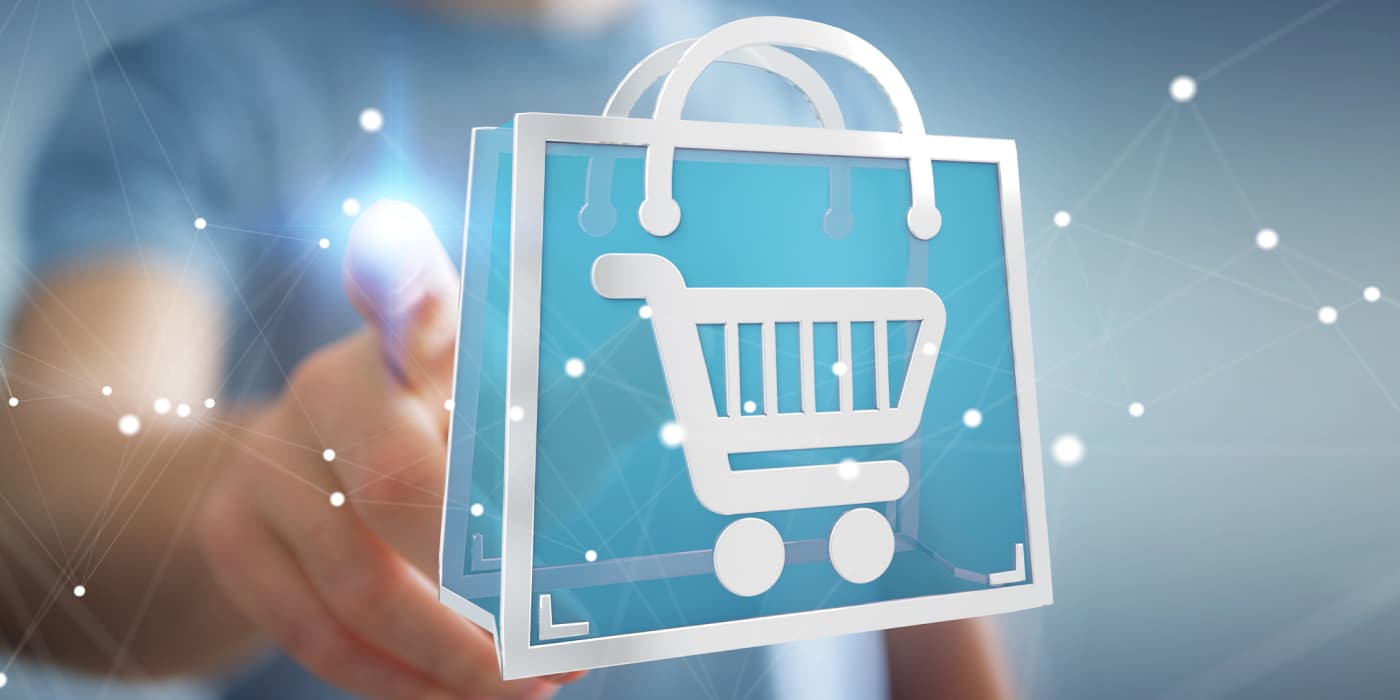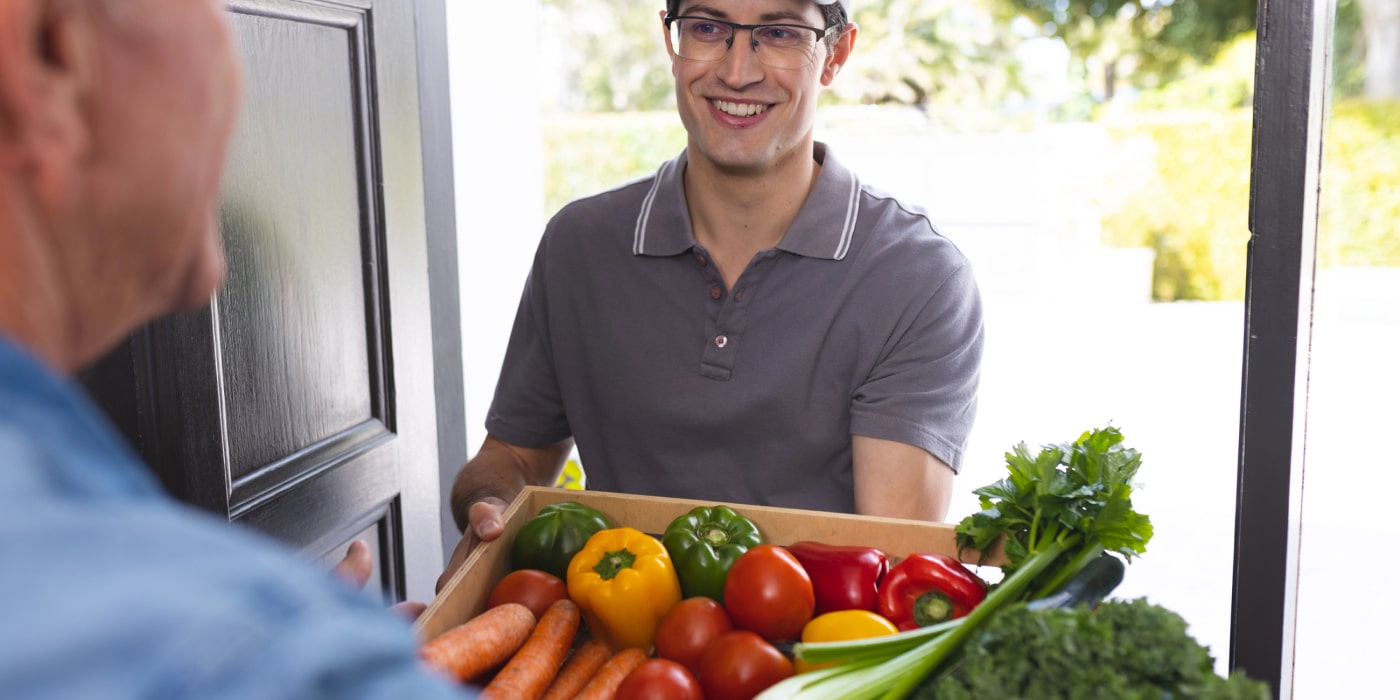The Growth of Online Grocery Shopping
The grocery retail industry has undergone a significant transformation in recent years, and one of the most prominent changes has been the growth of online grocery shopping. What once was a nice-to-have option has evolved into a necessity for many shoppers. While the pandemic accelerated adoption, the trend continues to evolve as retailers invest in digital innovations to elevate customer experiences, provide faster order fulfillment, and operate more efficiently.
Here’s a look at what the future holds for online grocery shopping and how retailers are adapting to this growing industry.
Rising Online Grocery Sales
According to the latest Brick Meets Click/Mercatus Grocery Shopper Survey, online grocery sales in the U.S. rose almost 19% year-over-year in December, to $9.6 billion. All three fulfillment models, pickup, delivery and ship-to-home, experienced sales lifts during that period. Delivery sales rose 24.6%, comprising 41.7% of all online grocery sales. Online grocery shopping finished the year strong and will continue to grow in the coming years as more consumers embrace the digital convenience and speed of online shopping.
Grocery eCommerce sales are predicted to increase more than three times faster than in-store grocery sales over the next five years, according to a Brick Meets Click report. Total grocery eCommerce sales are projected to reach nearly $120 billion annually by the end of 2028, accounting for 12.7% of total grocery sales in the U.S. Several factors have contributed to this surge in the grocery eCommerce market including new grocery models, advancements in technology, and growing delivery and pickup options offering busy shoppers more speed and flexibility in their shopping habits.

Subscription-Based Grocery Models
Subscription-based grocery models such as Walmart+ and Kroger Boost are growing in popularity. Subscription models help grocery retailers build customer loyalty while ensuring a steady revenue stream. They offer perks like free delivery, exclusive discounts, and priority delivery scheduling. Discounted promotions on subscriptions and membership programs grew in the second half of 2024. Various businesses, including regional grocers, mass retailers and marketplace providers, launched incentives fueling customer engagement and sales.
Retailers are increasingly expanding their subscription programs, offering customers more benefits and cost savings. Kroger recently added Disney streaming options to its annual Kroger Boost membership. Members can now choose between three streaming subscriptions. Boost members already receive exclusive offers, earn fuel points and have access to free delivery services over orders of a certain amount. The added streaming benefit follows similar moves by Walmart and Amazon, which have streaming options as part of their subscriptions.
Modernizing Business Processes
The rapid adoption of online grocery shopping wouldn’t be possible without technological innovation. Grocery retailers are increasingly investing in cloud-based platforms that enable them to offer seamless customer experiences, increase workforce productivity, and streamline processes. Cloud-based platforms provide the scalability and flexibility modern retailers need to adapt to customer demands and meet evolving customer expectations, ensuring customers receive reliable access to grocery products and services.
Northeast Grocery Inc. (NGI) has teamed up with Google Cloud to migrate the northeast regional retailer’s infrastructure and applications from traditional data centers to the cloud. The cloud migration allows NGI to update applications, automate business processes and improve its data science capabilities. Google Cloud’s technologies will enable NGI to optimize workflows, accelerate data-driven strategies, and respond to business and customer needs with greater agility, accuracy, and speed.

Expansion of Delivery and Pickup Services
Grocery delivery and fulfillment services have surged in popularity, especially among busy consumers looking for convenience. Curbside pickup and buy online pickup in-store services have become popular among shoppers who want to avoid delivery fees. Amazon has expanded the number of grocers that offer its delivery service. Traditional retailers like Walmart and Kroger are investing in fulfillment technologies and enhancing their delivery capabilities as they adapt to higher order volumes.
In 2025, we’re likely to see even more grocery stores offering and expanding their fulfillment and delivery options, making it easier for consumers to shop from home. As more companies utilize warehouse and logistics technologies, fulfillment and delivery services will become faster and more efficient. These technologies drastically cut down on the time it takes to process and deliver orders, reducing costs and allowing for faster delivery times.
Advancements in technology, logistics, and customer experience are fueling online grocery shopping growth. Automating and modernizing retail and delivery operations can help retailers provide seamless shopping experiences, offer faster delivery services, and easily adapt to growing customer demands.
For more information about how our delivery management solution can help you manage your delivery operations more efficiently, please contact info@bringoz.com.
